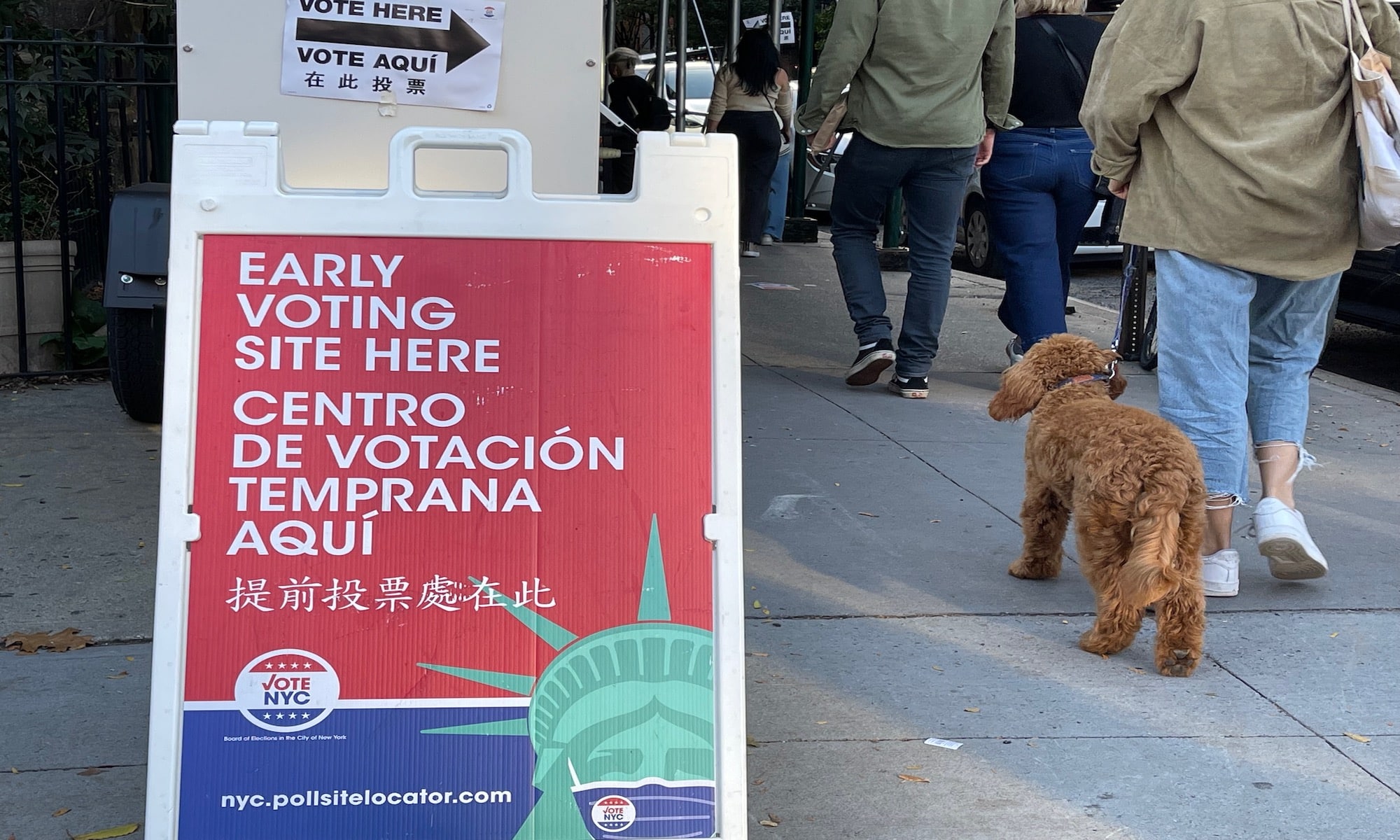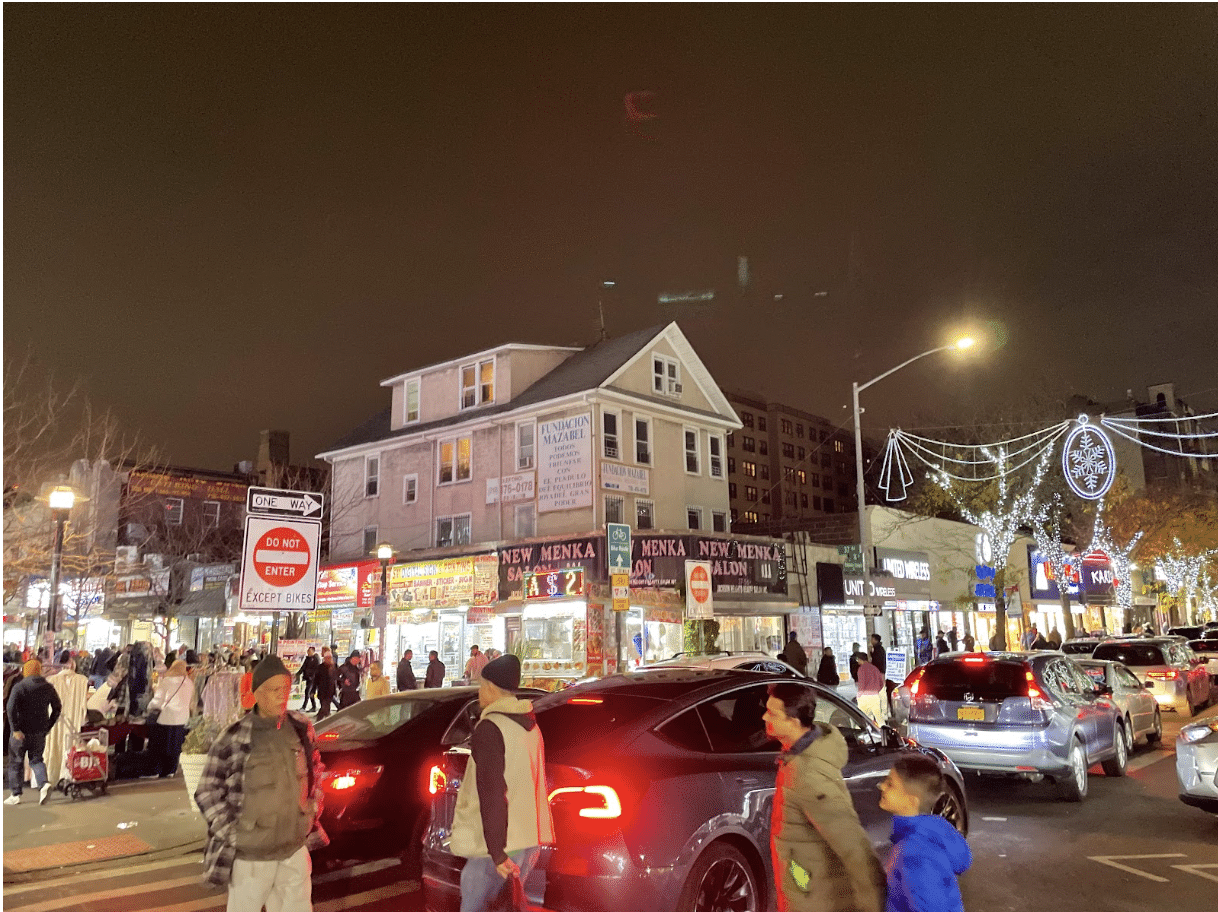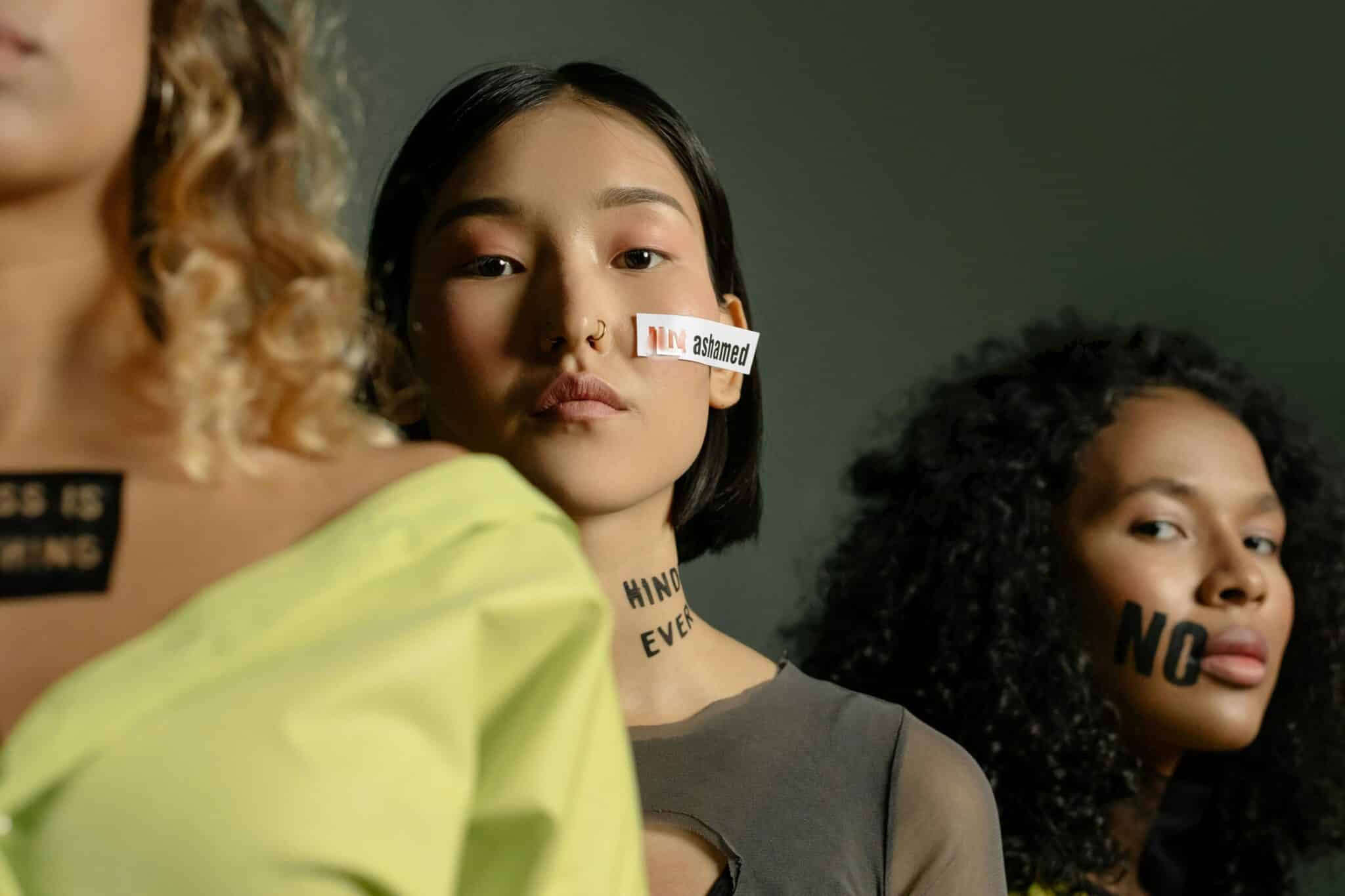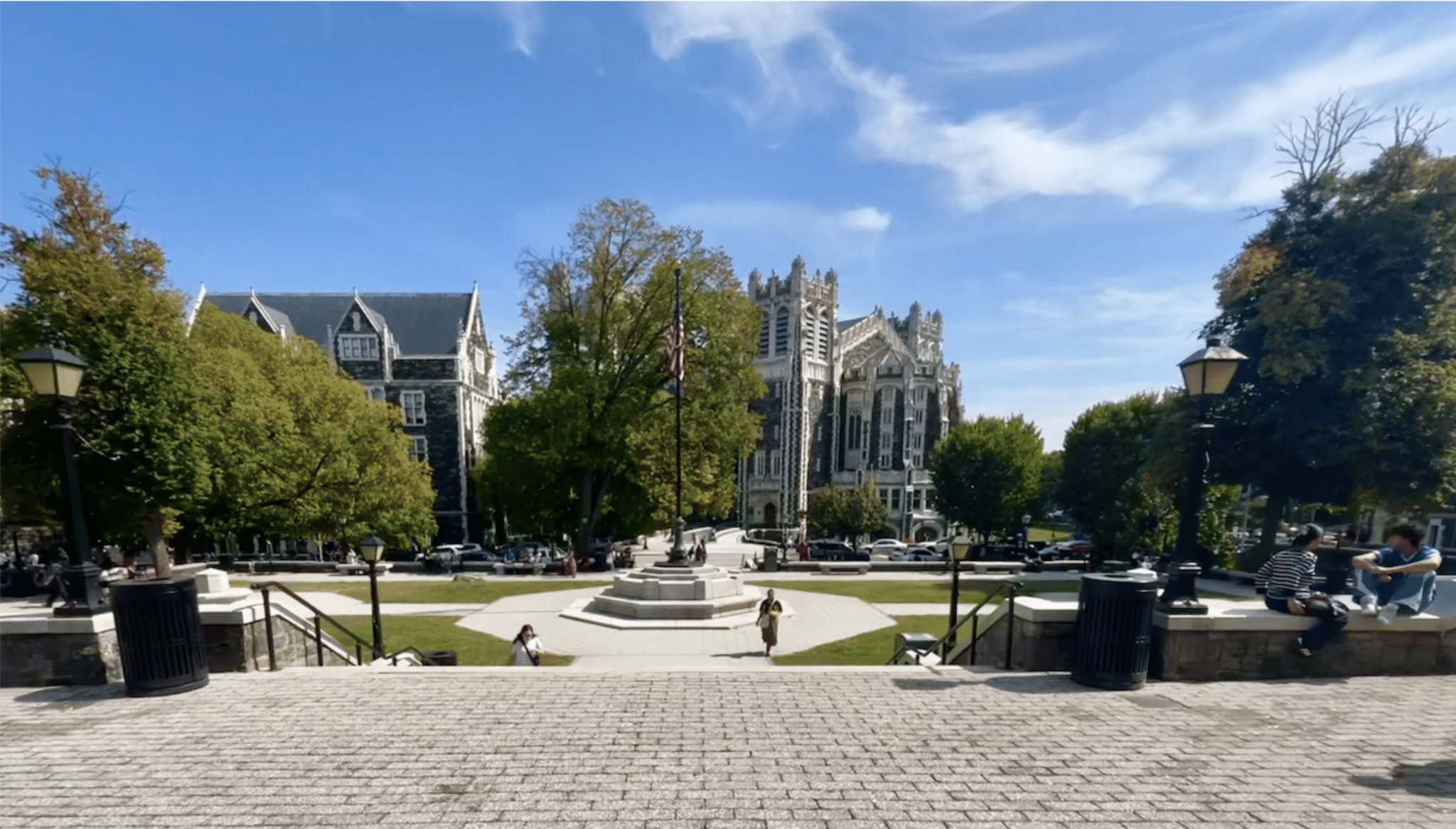Only a few days left for voters to make their choices, and for parties to convince voters to vote for them. But more than convincing them what to put on the ballot, the parties must persuade voters to go to the polls. Laura Lego reports on the strategy of one party on the ballot: the Democrats.
If you want to follow the story with text, here is Laura Lego’s script:
LEGO 1: The midterm elections are fast approaching. More than the outcome of this election, one question remains: will the voters show up?
LAURA 1: Are you gonna vote?
STUDENT 1: Euh no
LAURA 2: Are you gonna vote on the midterm?
STUDENT 2: Yes
LEGO 2: The NYT’s monthly survey shows that 60% of voters are almost certain to vote, many of them are people over 65. But young Americans do not seem really interested in this election as this student at City College explains:
LAURA 3: Are you going to vote for the midterm election?
STUDENT 3: No
LAURA 4: Why is that?
STUDENT 3: Because I had no idea there was a midterm election
LEGO 3: Yet in New York State, the poll difference between the Republican camp and the Democratic one is becoming smaller and smaller. After two decades of Democratic dominance in the State, current Governor Kathy Hochul seems to be losing ground to Republican candidate Lee Zeldin. But that doesn’t seem to be a motivator for voters, as educator Esther Jan tells us.
LAURA 5: Do you think that it is more important to go to vote because of this gap between the two candidates?
ESTHER 1: Euh I don’t think so, I think I would have voted either way (0.04)
LEGO 4: Each party has a vested interest in getting these voters to the polls. Marion Riedel, president of the Grand Street Democrats club in downtown New York City reveals their strategy.
MARION 1: We are not on the street corners anymore right now because people are so done with. So now it is mostly social media
LEGO 5: Sending newsletters several times a week, tweeting, posting photos on Instagram, and videos on YouTube. The Grand Street Democratic Club has developed a strategy to try to attract voters to the polls. But they do not give up on a more face to face campaign
\MARION 2: Although that said there are people, older folks, who has no media service. You know, so we will probably still do one more under the door run
LEGO 6: By organizing public events, they try to raise funds for their campaign but above all they try to unite the people of the community around this election and to mobilize them
MARION 3: Just trying to get everybody exciting about voting and understanding what the stakes are
LEGO 7: Their campaign focuses on a local level, in their district. But they do not neglect states where the issues are particularly important. The blue bus takes New York activists to states where the election is more at stakes
MARION 5: This one is going to Pennsylvania because there is a very charge race there. They have gone to Georgia, actually they are going down to Georgia this week. So, like there is very charge national races
MARION 4: Because what happens in the country matters very much. If we don’t turn over the House or if we don’t keep the Senate, we are in big trouble. So, we recognized that
LEGO 8: For the next weeks coming before the election, their objective remains the same, continuing in this direction.
MARION 6: Get people out, just yeah everyone I know get 5 people to the polls, make sure everyone visits the polls
LEGO 7: At the end, Marion says the most important things to remember for Democrats in New York City is “decide for yourself but vote”. Voters are already able to vote as early voting started on the 29th of October and runs until the 8th of November.
For City College News, I’m Laura Lego in New York
Series: Podcasts





